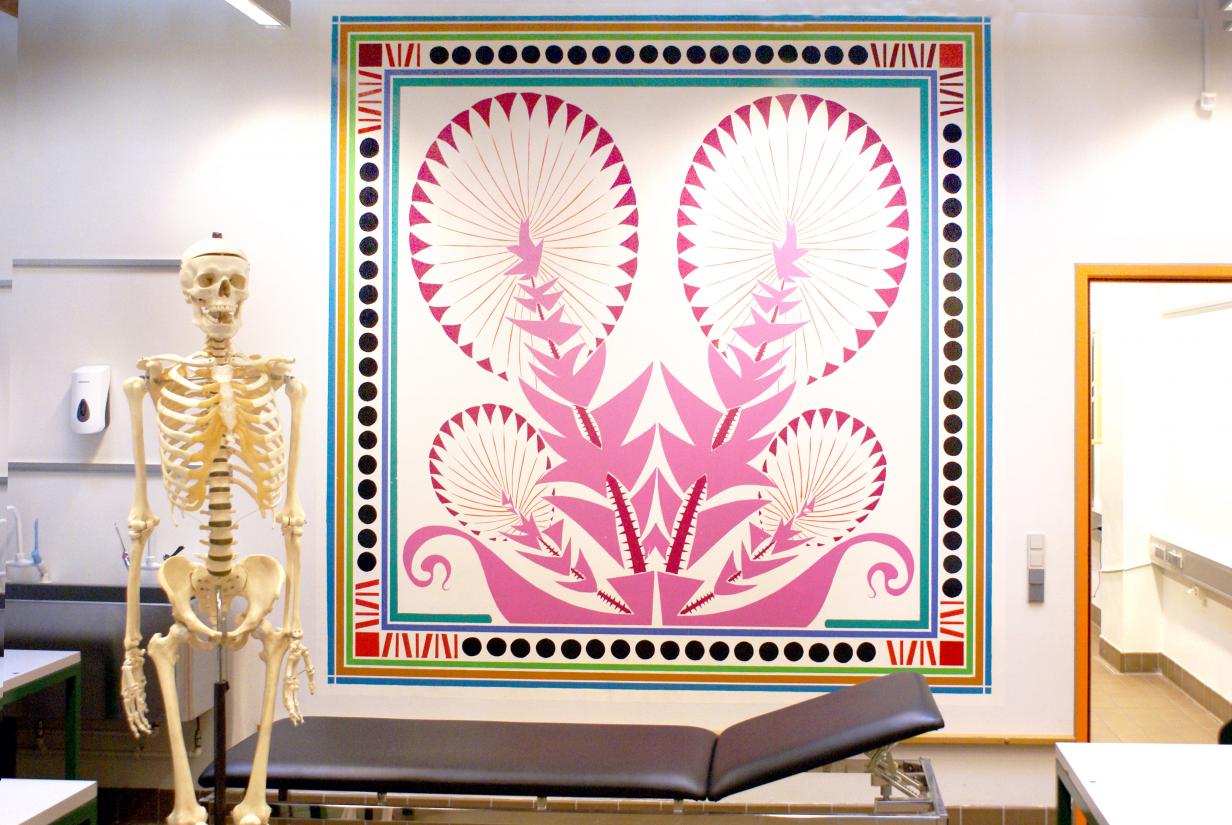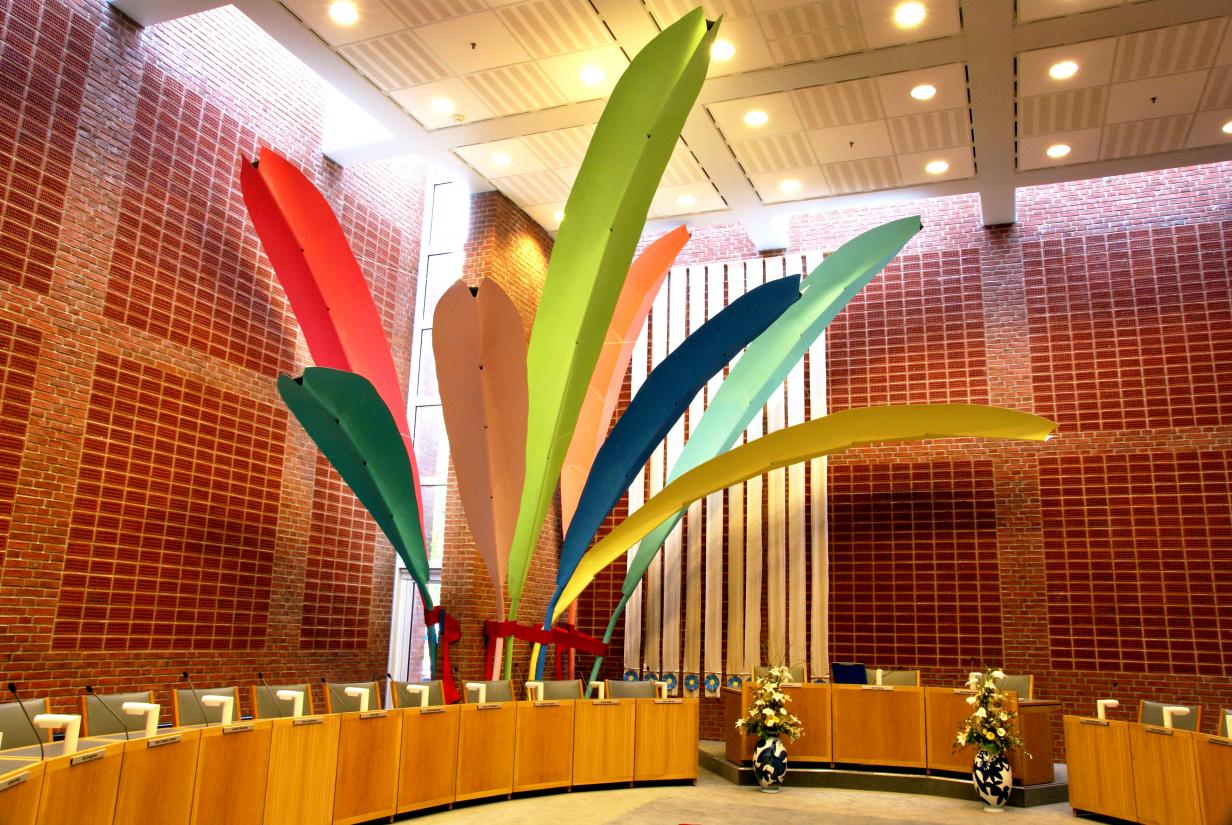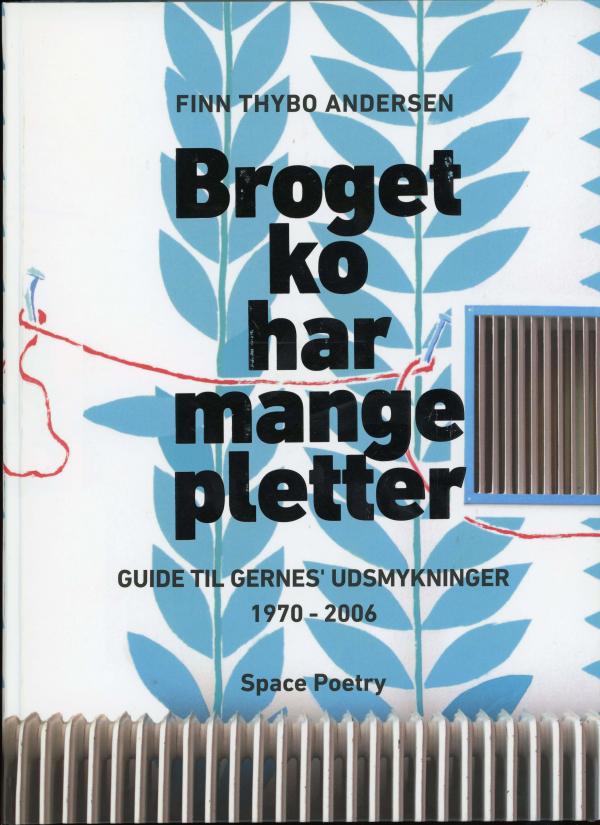Artist Finn Thybo Andersen has travelled the width and breadth of Denmark with his camera on a quest to document Poul Gernes’s many decorative projects. The outcome is a book published with support from the New Carlsberg Foundation. With its 599 illustrations and six chapters, the book, Broget ko har mange pletter (Spotted cow has many spots), is both an artist monograph and a practical guide that gives the reader a chance to walk a mile or two in Gernes’s shoes.
The artist was born in 1927 in Frederiksberg and took up painting from a young age. With inspiration from the abstract tendencies of the avant-garde, psychological colour theory and ornamental folk art, Gernes developed his own naivist and colourful aesthetic that would be applied to anything from swimming halls and hospitals to the offices of publishing houses and foundations. Any Copenhagener knows the cinema building Palads Teatret, and many are familiar with Herlev Hospital, but few are aware of the full extent of Poul Gernes’s artistic impact on the public realm, writes Finn Thybo Andersen.
He did not limit himself to a single medium but took on furniture design, wallpaper and architecture, driven by a desire to integrate art into everyday life. ‘Art that is not applied is not art’ was thus both the title of an interview with Gernes from 1986, which is included in the book, and the motto for Gernes’s practice after 1970, according to Finn Thybo Andersen:
‘From 1969, Gernes began his social period, a 26-year stretch during which he created some 180 site-specific decorative projects in schools, factories and public institutions all over Denmark; no assignment was too big or too small. Gernes’s work was driven by a strong ethical demand of bringing art out of the elitist institutions and into the settings of everyday life, where people work and go about their daily business. The prolific production of decorative assignments marks a radical and consistent example of a realization of this ideal.’
Broget ko har mange pletter falls into two parts. Part one features essays, conversations and the interview with Gernes, while part two is structured as a geographic art guide, broken down into geographic regions to provide an overview of Gernes’s decorative projects throughout Denmark.





